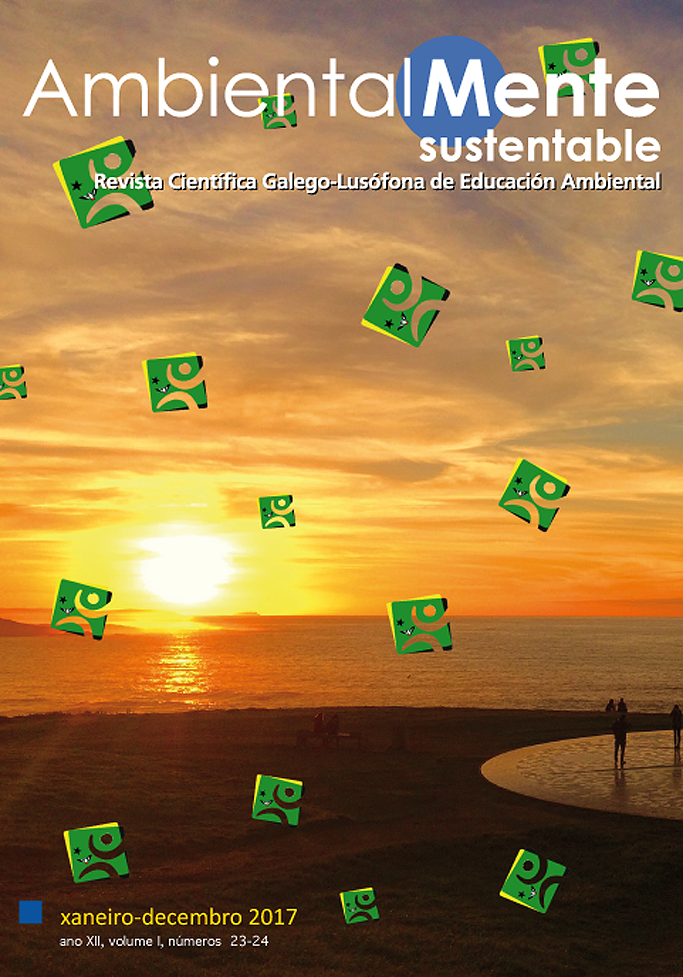The primary role of exploratory trails in Environmental Education-CMIA of Vila do Conde
Main Article Content
Abstract
The CMIA of Vila do Conde presents as its main goals, not only the monitoring of environmental indicators, as well as the correct interpretation and dissemination of the values, resources and issues surrounding the environment. The activities with greater success among our visitors are exploration trails, that allowed meeting a numerous species and promoting the change of behaviors among different age groups ranging from preschool to adulthood. In these activities, they watched birds, plants and marine species and recorded Information about them in on-line platform: BioDiversity4all – Biodiversidade para todos. A study was carried out with the participants of these activities, and we found that they have made possible to stimulate, motivate and explain to the public that visits us through a playful way everyone can contribute directly to the biodiversity survey and contributing effectively to the conservation of biodiversity and the environment that surrounds them.
Keywords:
Downloads
Article Details
References
Afonso, R.; Ramos, C.; Laranja, A.; Morim, S.; and Mucha, A.P. (2015):”Educação Ambiental, Como alcançar o público? Conhecer para mudar – CMIA de Vila do Conde”, em Ambientalmente Sustentable, 20, 553-569.
CMMAD. (1987): Nuestro futuro común. Alianza Editorial, Madrid.
European Citizen Science Association (2015). “Dez princípios da ciência cidadã”. Lisboa, Portugal.
Mazzarino, J.; Polis, E.; e Farias, A. (2010): “Comunicação para Educação Ambiental e metodologia participativa: percursos exploratórios”, em Caderno pedagógico Lajeado, 7, 9-20.
Thompson, S. and Bonney, R. (2007): “Evaluation the impacts of participation in an online citizen science project: A mixed-methods approach”, em Museums and the web, Toronto, Canada.



